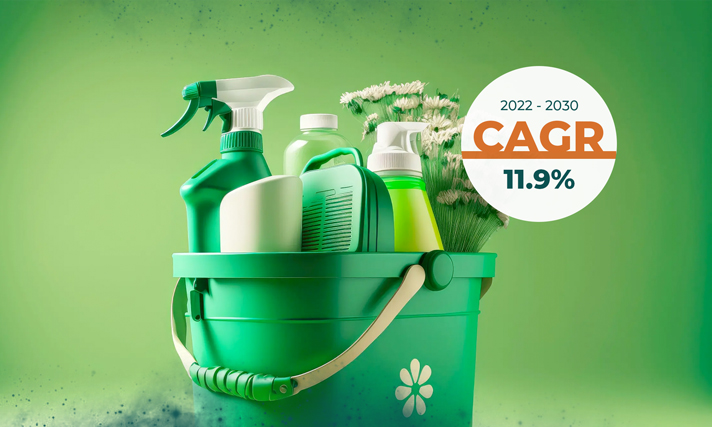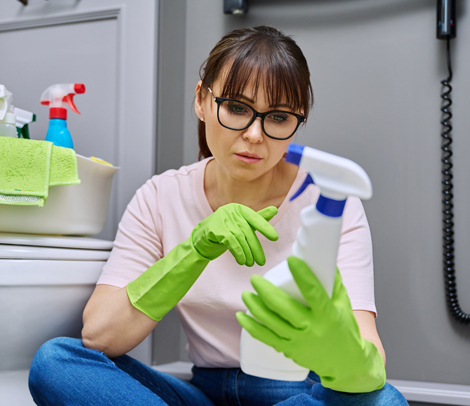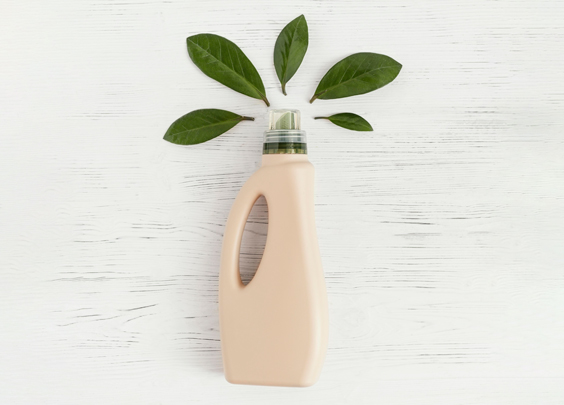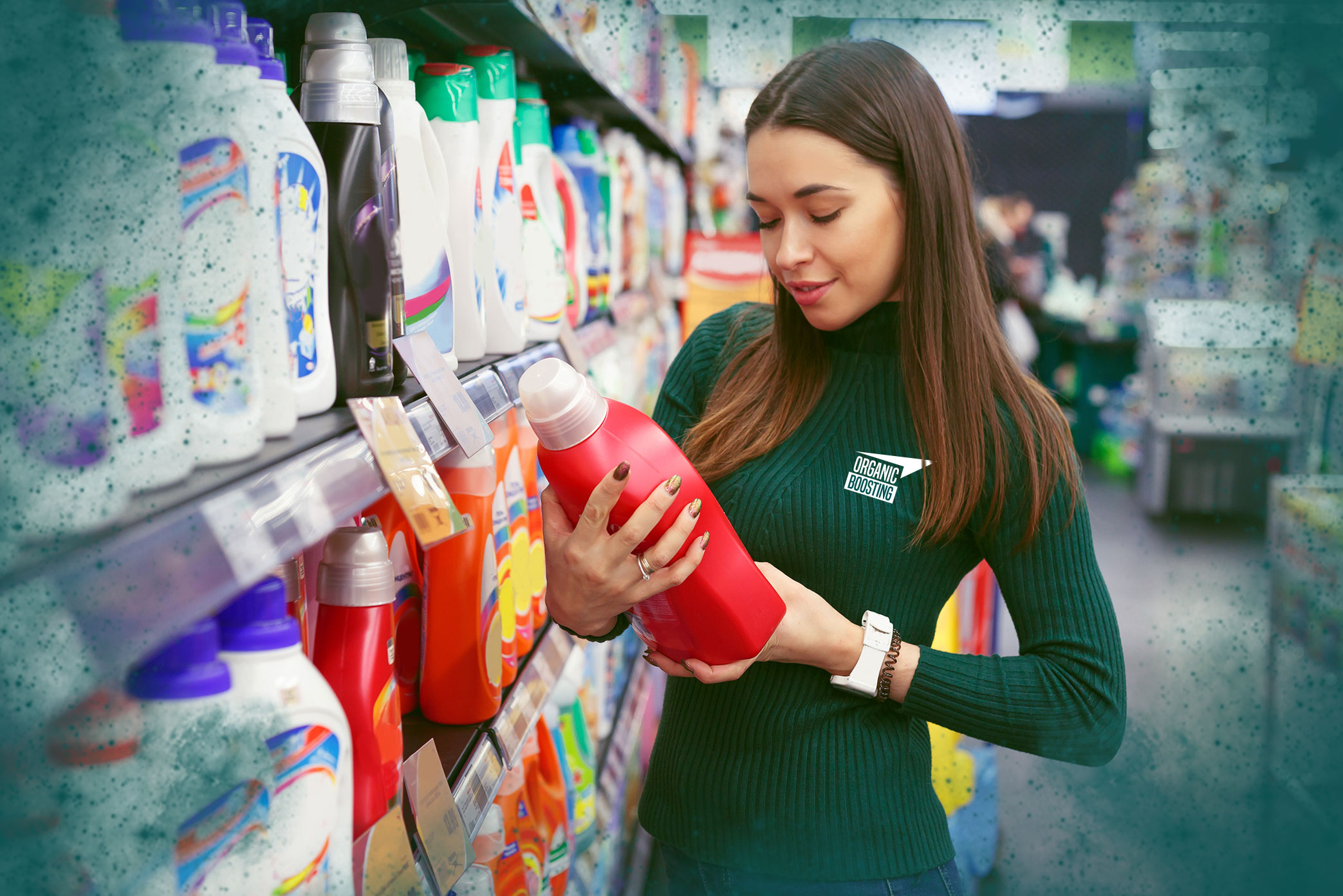What is the Brand Opportunity in Eco-Friendly Cleaning Products?
The demand for green cleaning products is surging as consumers become increasingly aware of the environmental and health impacts of traditional cleaning supplies. Embracing eco-friendly, natural cleaning solutions offers significant brand opportunities for businesses seeking to cater to this rapidly growing market. These plant-based, non-toxic cleaning products not only reduce exposure to harmful chemicals but also align with consumer values of environmental sustainability and health consciousness.
As the green cleaning products market continues to expand, companies have a prime opportunity to differentiate their brand by highlighting their commitment to using natural ingredients, recyclable packaging, and promoting the numerous health benefits associated with these environmentally-friendly janitorial supplies.
Market Growth and Opportunity in Eco-Friendly Cleaning Products
The eco-friendly cleaning products market is experiencing remarkable growth, driven by increasing consumer demand for sustainable and health-conscious solutions. According to market reports, the global household green cleaning products market is valued at USD 5,237 million in 2022, it’s projected to soar to USD 12,886 million by 2030, with a CAGR of 11.9%

Consumer Trends and Influences
The demand for eco-friendly cleaning products is being driven by several key consumer trends and influences:

Rising Environmental Awareness
Consumers are becoming increasingly aware of the environmental impact of traditional cleaning agents and are actively seeking sustainable alternatives. The growing concern over issues such as pollution and climate change has prompted a shift towards eco-friendly cleaning products that are biodegradable, non-toxic, and kinder to ecosystems. This rising environmental awareness is driving the demand for green cleaning solutions that align with consumers’ values and desire to reduce their environmental footprint.
Health and Safety Concerns
The potential health risks associated with exposure to traditional cleaning chemicals have led consumers to prioritize safer alternatives. There is a growing awareness of the harmful effects of conventional cleaning products, with many containing ingredients that can irritate the lungs, cause asthma, or accumulate on surfaces, posing health risks to household members. Consumers, particularly those with families, are increasingly seeking out eco-friendly cleaning products made from natural ingredients that are less hazardous to human health.

Branding and Marketing Strategies
Branding and marketing strategies for eco-friendly cleaning products should focus on resonating with the values and priorities of environmentally conscious consumers. Here are some key approaches:

Transparency in Ingredient Labeling
Consumers are increasingly demanding transparency when it comes to the ingredients in their cleaning products. Clear and honest labeling, with comprehensive lists of ingredients on product packaging and websites, can build trust and brand loyalty. This transparency empowers consumers to make informed choices that align with their values, such as favoring natural, cruelty-free, or environmentally-friendly options.
Leveraging Certifications and Seals
Certifications and seals, such as Green Seal or EcoLogo, can serve as powerful endorsements of a brand’s commitment to sustainability. These certifications provide a competitive edge by enhancing the brand’s credibility and aligning it with the values of an increasingly eco-conscious customer base.

Challenges and Barriers to Adoption
Despite the growing demand for eco-friendly cleaning products, there are several challenges and barriers that hinder widespread adoption. These include:
Perceived Higher Cost
One of the primary barriers is the perception that green cleaning products are more expensive than their conventional counterparts. While the initial cost may be higher due to the use of premium, sustainable ingredients and extensive research and development efforts, it’s crucial to consider the long-term benefits and cost savings. Eco-friendly products are often more concentrated, requiring less product per use, resulting in cost-effectiveness over time. Additionally, the potential health and environmental benefits associated with these products can offset the initial investment.
Concerns About Efficacy
There is a common misconception that eco-friendly cleaning products are less effective than traditional chemical-based cleaners. This belief stems from the fact that green products rely on natural ingredients like citrus extracts or essential oils, which may not have the same potent cleaning power as harsh chemicals. However, many eco-friendly brands have made significant strides in developing highly effective formulations that can tackle even the toughest stains and spills while remaining gentle on the environment.
Packaging and Availability Issues
The availability and accessibility of eco-friendly cleaning products can be a challenge in certain regions. Traditional cleaning supplies may dominate store shelves, making it difficult for consumers to find a wide range of green alternatives. Additionally, some eco-friendly products may not meet stringent criteria for sustainable packaging, leading to confusion among consumers. Addressing these issues through partnerships with specialized distributors and clear labeling practices can help mitigate this barrier.
Conclusion
The eco-friendly cleaning products market presents a significant opportunity for businesses to align with consumer demand for sustainable and health-conscious solutions. By embracing eco-friendly formulations, recyclable packaging, and responsible manufacturing practices, companies can differentiate themselves as industry leaders in this rapidly growing segment. Capitalizing on this trend can not only enhance brand reputation but also contribute to environmental stewardship and resonate with the values of an increasingly eco-conscious consumer base.
Businesses aiming to leverage the rising popularity of eco-friendly cleaning products can benefit from Organic Boosting’s bulk purchasing options. We simplify the sourcing of top-tier, professional-grade green alternatives.
1. How strong is the consumer demand for sustainable cleaning products?
In the past few years, there has been a significant increase in consumer interest in green household cleaning products.
2. What is the current market size for natural cleaning products, and what growth is expected?
As of 2022, the global market for natural household cleaners was valued at approximately USD 5,237 million. Forecasts suggest this market will grow to reach USD 12,886 million by 2030, with a compound annual growth rate (CAGR) of 11.9%. Natural cleaning products are defined as those free from synthetic chemicals.
3. Why are environmentally friendly cleaning products becoming popular?
Environmentally friendly cleaning products are considered healthier alternatives because they do not release harmful chemicals into the environment. Unlike many traditional cleaners that contain harsh and potentially dangerous chemicals, including volatile organic compounds (VOCs), eco-friendly products offer a safer way to clean.



